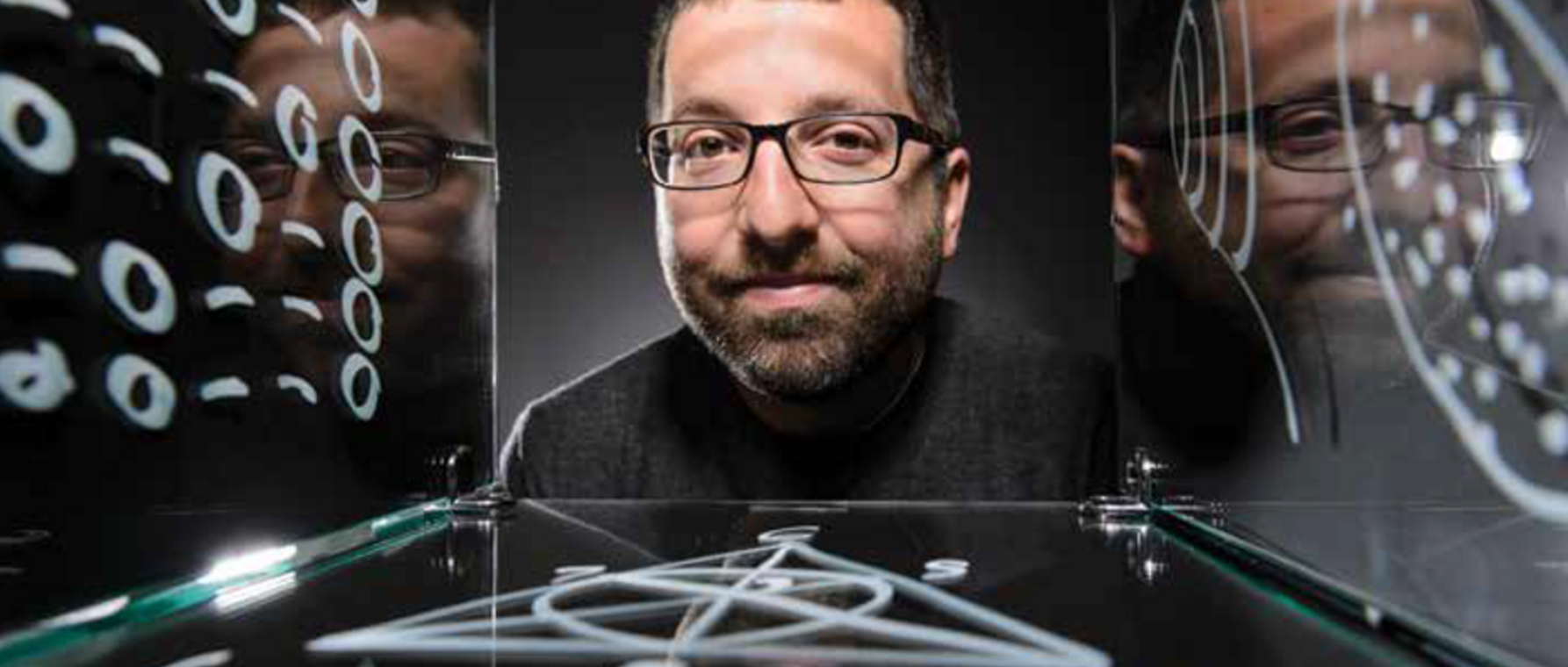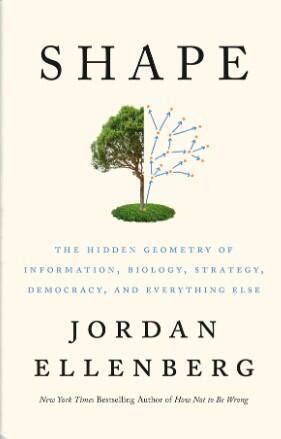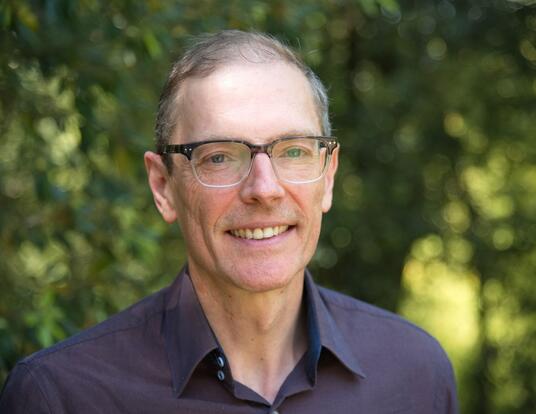Jordan Ellenberg, PhD ’98, is a professor of mathematics at the University of Wisconsin-Madison and the author of the best-selling book Shape: The Hidden Geometry of Absolutely Everything. He talks about how geometry can be a way of measuring and explaining the world, how an understanding of its principles helped societies manage the COVID-19 pandemic, and how it can help preserve democracy by preventing incidences of minority rule fostered by gerrymandering.
What makes geometry different from other branches of mathematics?
I think geometry is somehow the most primal and physical part of mathematics that we do. And maybe some evidence for that is that it’s very old. What we recognize as geometry is certainly thousands of years older than the use of anything we would call formal algebra with variables and things like that. That comes much later in the history of mathematics. In some sense, the more symbolic it is, the less natural it is. (That’s not a value judgment, by the way.) In some sense, the triumph of the human spirit is that we do all kinds of things we’re not naturally built to do by building up this incredible extra cognitive infrastructure that we do in mathematics or many other areas as well. But it does kind of start from geometry.
In the book, you say that “geometry is a form of honesty.” What can it teach us about logic?
I came to that formulation because I was reading about Abraham Lincoln and his interest in geometry. Before he was a politician he was a lawyer, and he was troubled by the fact that every day he was asked to go to court and “prove” his case. And he wondered, what does prove mean? So he read the ancient Greek mathematician Euclid to understand how proofs work.
Now, we think of honesty as not saying things that we know to be false. But Lincoln argued for a much stronger version of honesty, which is not only can you not say things you know to be false, but also you can’t say things that you don’t know to be true. That’s the standard of geometry. So, in the book, I say maybe we should call Lincoln “geometrical Abe” instead of “Honest Abe!”
You devote an entire chapter to “the terrible law of increase.” What is it and how did it help us as a society deal more effectively with the COVID-19 pandemic?
The terrible law of increase is a phrase that I sort of plucked from this parliamentary discussion in the 19th century about a cattle plague that swept across England and killed millions of animals. It’s the idea that it’s not that bad now, but it could get really bad just by the continuation of current trends.
I think that is pretty hard for the intuition to grasp, but I think people in the United States did it in March 2020. We were able to say nobody I know has this now, but from what we know we can see that that situation is not going to persist. It means that the terrible increase is already happening, and it will continue to happen unless trends change.
But “unless trends change” hides a lot, right? Things don’t follow a perfect exponential law in real life. After all, trends do change because people react to what happens. If you hit a tennis ball, and you know physics pretty well, you can predict where the ball is going to go but that doesn’t mean you can predict the outcome of a tennis match.
Finally, algorithms in your state of Wisconsin have enabled minority rule by allowing the drawing of districts in ways that weren’t possible before. How could geometry help political leaders create a less unfair system?
Geometry can help us measure and compare different aspects of district shapes, such as area, perimeter, compactness, and contiguity. For example, one common measure of compactness is called the Polsby-Popper score, which is the ratio of the area of a district to the area of a circle with the same perimeter as the district. The closer this ratio is to one, the more compact the district is; the closer it is to zero, the more sprawling and distorted it is. So geometry can help us quantify how much a district deviates from a simple shape like a circle or a square.
But geometry alone cannot tell us which aspect is more important or fair. Some people may prefer districts that are compact and contiguous, while others may prefer districts that preserve communities of interest or reflect proportional representation.
So geometry can be a useful tool for redistricting. It can help us identify and avoid extreme cases of gerrymandering; it can help us generate and evaluate alternative maps; it can help us communicate and visualize the trade-offs involved in redistricting. But it’s not a substitute for democracy. That is something that we have to decide as a society through an open and transparent process that involves public input and independent oversight.







